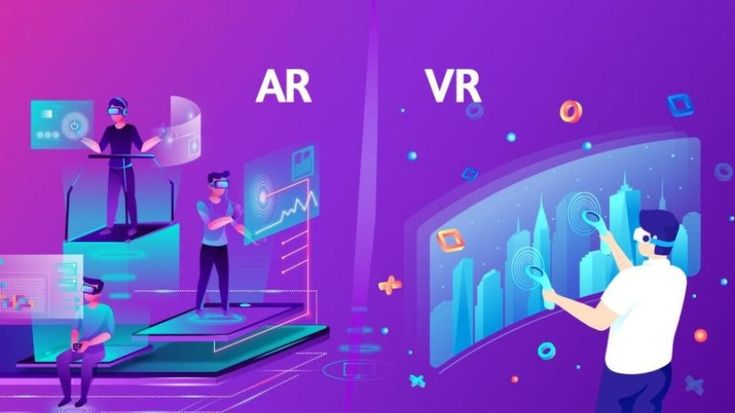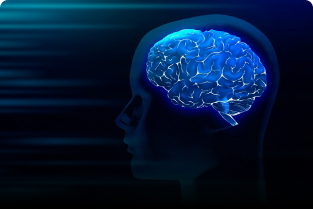Marketing has continuously evolved with technology, from print ads to digital campaigns, and most recently, the rise of Augmented Reality (AR) and Virtual Reality (VR). AR/VR has transformed consumer engagement by providing immersive brand experiences. However, as technology advances, marketers are already looking ahead to the next big innovation. So, what comes after AR/VR? Let’s explore the possible future trends that could redefine marketing.
1. Artificial Intelligence-Powered Personalization
AI has already revolutionized digital marketing with chatbots, predictive analytics, and automation. The next leap will involve hyper-personalization powered by AI, where marketing messages, product recommendations, and user experiences will be tailored in real-time based on individual consumer behavior, preferences, and emotions.
How it Works:
- AI will analyze vast amounts of data to create highly targeted content.
- Emotion recognition technology will adjust ads based on consumer facial expressions and sentiment analysis.
- AI-generated influencers and virtual brand ambassadors will interact with customers.
2. Neural Interfaces and Brain-Computer Interaction (BCI)
Neural interfaces, like Elon Musk’s Neuralink, aim to connect human brains directly with computers. In the future, marketing might leverage BCI to offer seamless, thought-based shopping experiences.
Potential Applications:
- Consumers could browse and buy products simply by thinking about them.
- Ads could be delivered directly to the brain without the need for screens.
- Brands could create sensory-based marketing experiences tailored to individuals.
3. Holographic and 3D Projection Advertising
Holograms are expected to play a major role in the next phase of marketing innovation. Companies could use 3D projections to create highly engaging, interactive advertisements in public spaces, eliminating the need for screens or AR/VR headsets.
How it Could Work:
- Retail stores could project virtual products for customers to interact with before purchasing.
- Brands could deploy 3D holographic influencers to engage audiences at events.
- Advertisements could appear in real-time in urban spaces, responding to surroundings.
4. Metaverse and Web3 Marketing
The Metaverse is already influencing marketing strategies, but with the rise of Web3, decentralized marketing will emerge. Blockchain-based advertising, NFTs, and virtual real estate will transform how brands engage with consumers.
Future Trends:
- Brands could launch exclusive NFT-based loyalty programs.
- Virtual storefronts in the Metaverse could enable real-time shopping experiences.
- Smart contracts could replace traditional advertising models for greater transparency.
5. Sensory Marketing and Haptic Technology
Beyond visual and auditory marketing, future innovations could focus on touch, taste, and smell. Haptic feedback and digital scent technology may allow brands to create more immersive experiences.
Examples:
- A perfume brand could allow consumers to “smell” a fragrance digitally before purchasing.
- Online shopping platforms could offer haptic feedback to mimic textures of fabrics.
- Food brands could deliver taste-enhanced digital experiences through neuro-gastronomy technology.
6. Quantum Computing and Predictive Marketing
Quantum computing is still in its early stages, but once fully developed, it will revolutionize data processing, enabling marketers to predict consumer behavior with unparalleled accuracy.
Impact:
- Faster and more precise data analysis for hyper-targeted campaigns.
- Real-time trend forecasting to optimize marketing strategies.
- Enhanced AI-driven automation to personalize content at an unimaginable scale.
Final Thoughts
The future of marketing is poised to be more interactive, immersive, and intelligent than ever before. As AR/VR paves the way for experiential marketing, innovations like AI-powered personalization, brain-computer interfaces, and holographic advertising are set to redefine consumer engagement. Brands that stay ahead of these trends will have the competitive edge in capturing the attention of tomorrow’s audiences. The next era of marketing isn’t just about what consumers see—it’s about what they feel, think, and experience in ways we’ve yet to imagine.










